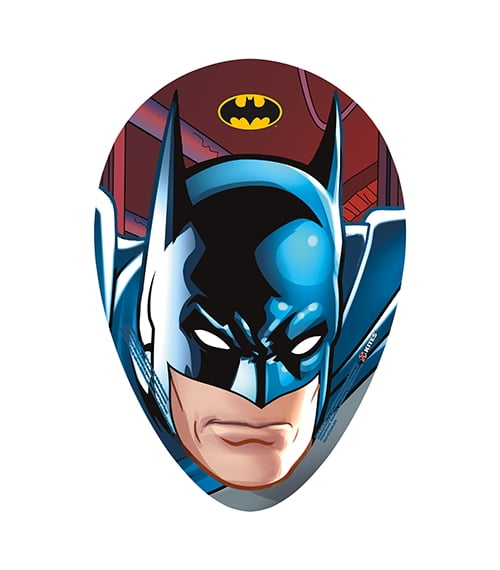

The maximum distance the kite flew without falling to the ground was approximately 4 feet. The results were clearly better when the "pilot" was running. Hold on to your butts, ‘cause this is an oversized review for an oversized. Therefore, the glide ratio was 5/8. Even though the kite was able to fly a distance of 8 feet by just tossing it in the air, we realized that when trying to make it fly with line, it was really difficult because its gliding speed was greater than the "pilot's" walking speed. And just like that, we are done with Tom King’s Batman. While we tried to fly it, when realized from a 5 foot height, the kite was able to glide a distance of 8 feet. Finally, the bag was attached to the frame using tape.Īfter the prototype was completed, our team attempted to fly the kite after attaching a piece of string in the cross section of the strip styrene tubes. The 4.0 mm rods were used for the parts connecting the middle rod and the outer rods, which were made out of the 2.5 mm diameter rods. The two following pictures are the specific designs that were consulted:Īs seen in the first image, the center of the frame is made out of the 8.7 mm diameter rod. The two pre-existing consulted for the project's basic structural design are posted in the section Background/Tutorial/FAQ under Bird of Prey and iFlite Kites.

Prototyping will begin with the use of common, more simple materials, such as wood, metal and plastic.įurthermore, the group significantly updated the webpage. The group decided to hold off on ordering parts, until next week. A set of multiple pre-existing designs were examined in order to determine a basic structural design. While in lab, the group mainly focused on the design of the product. The group also created a budget and a list of materials that are necessary to fulfil the project. Throughout the meeting, the group talked about the basic research needed to be done in the fields of aerodynamics and material science to accomplish certain project goals, as well as creating a kite design using a CAD software, such as AutoCAD. In addition, the group created this blog, which will provide information and updates about the project.ĭuring the second week, the group members met out of class, in order to make future plans about the project. The members brainstormed and gathered many ideas, and came to the conclusion that the kite will have the shape and the colors of the Batman logo. However, in the Prime Earth continuity, Kite-Man first appeared as part of the New 52 DC Universe in Legends of Tomorrow #4 by Keith Giffen and Bilquis Evely.During the first week, the group was formed and the four members decided to create an indoor kite. Kite Man, as the name would suggest, was a silly villain named Chuck Brown who used kite weapons to commit crimes. Kite-Man was created by Bill Finger and Dick Sprang, first appearing in Batman #133.Power Instability: As a sleeper agent, Brown cannot activate his powers on his own.He also designed "jet-propelled inverse parachutes" that, instead of slowing descent, sped up the ascent.

Mechanical Aptitude: He helped design the original Jokermobile using his knowledge of aerodynamics.Unique Physiology: While in prison, Charles' genetic make up was altered by a Project Cadmus doctor, giving him the powers of the Titans.He was one of the first villains Gotham Girl caught on her own after the death of her brother.

In present-day Charles is presumably no more than a petty criminal, either stealing jewelry or selling his specially made kites for the use of other criminals. He ended up allying with Batman, tricking the Riddler's forces into wearing special kites that flew them up to the Bat-Blimp. Kite-Man, still considered a joke by the villain community, was specifically targeted by Batman and Riddler to be the last Joker-soldier left in the war, knowing he'd be weak-willed enough to finally hand over Joker's hidden location. Īs the War of Jokes and Riddles raged on, Batman joined the side of the Riddler in exchange for the latter to not kill his enemies. Distraught and wanting vengeance against both Batman and the Riddler, Brown fashioned himself a costume and officially joined Joker's side as " Kite-Man". One night, Batman himself tracked Brown down and convinced him to reach out to the Joker, hoping Brown's past connection as the designer of the Jokermobile would give him a way in.Īfter agreeing to help Batman and join Joker's side as a mole, Riddler discovered the plan and poisoned the rope on Brown's son's favorite kite, killing the boy. Charles Brown's path to becoming Kite-Man started when Riddler and Joker went to war over the right to kill Batman.


 0 kommentar(er)
0 kommentar(er)
